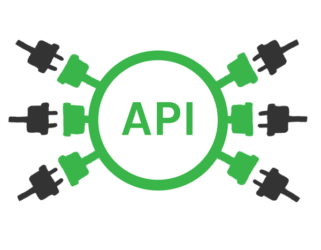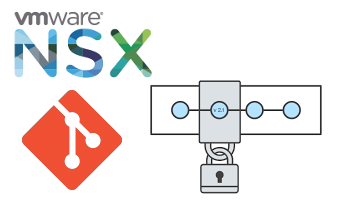One of my favorite products has just dropped a new version. vRealize Network Insight 3.8 (vRNI) has just hit the downloads and has a bunch of cool new stuff.
vRNI 3.6 introduced a public API with which you can do most of the day-2 operations. vRNI 3.7 didn’t bring any changes to the API, but 3.8 does. Below are the changes in the API version 1.1.0.
Fetching info in bulk
Version 1.0.0 had endpoints to grab information from entities (VMs, hosts, firewall rules, etc), but it was a bit tedious. You had to request a paged list of entities … Read more


